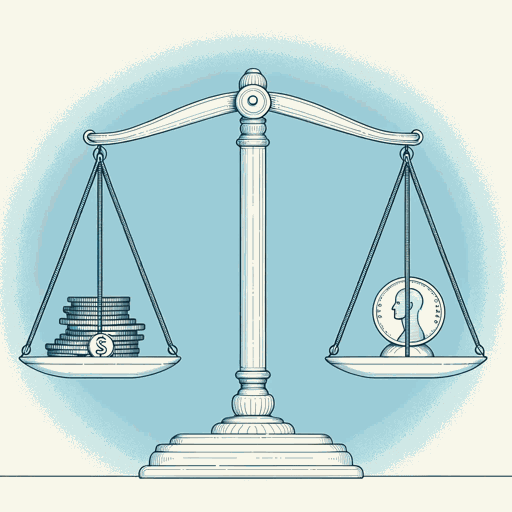49 pages • 1 hour read
David GraeberDebt: The First 5,000 Years
Nonfiction | Book | Adult | Published in 2011A modern alternative to SparkNotes and CliffsNotes, SuperSummary offers high-quality Study Guides with detailed chapter summaries and analysis of major themes, characters, and more.
Chapters 8-10Chapter Summaries & Analyses
Chapter 8 Summary: “Credit Versus Bullion”
practice of slavery disappeared in Europe, China, and India simultaneously around 600 CE. It reappeared when European merchants began traveling to other parts of the world. Graeber uses this example to suggest that “there is a shape to the past, and it is only by understanding it that we can begin to have a sense of the historical opportunities that exist in the present” (212). Like slavery, history moves between periods of credit (virtual money) and coinage (bullion).
Graeber starts his cyclical story with the Age of the First Agrarian Empires (3500-800 BCE), dominated by virtual credit money. He focuses on three empires. The first is Mesopotamia (3500-800 BCE), which he also discussed in Chapter 2. The currency at this time was the shekel (silver coin), but it was primarily kept in palace and temple complexes. Mesopotamians used the shekel as a unit of account and not something that physically changed hands. Merchants kept credit tabs that detailed these transactions. The Mesopotamians also invented fixed-interest loans.
Next, Graeber turns to Egypt (2650-716 BCE). In ancient Egypt, there is little evidence for commercial trade. Interest-bearing loans did not appear, contrasting ancient Mesopotamia. Loans took “the form of mutual aid between neighbors” (218).
Related Titles
By David Graeber


